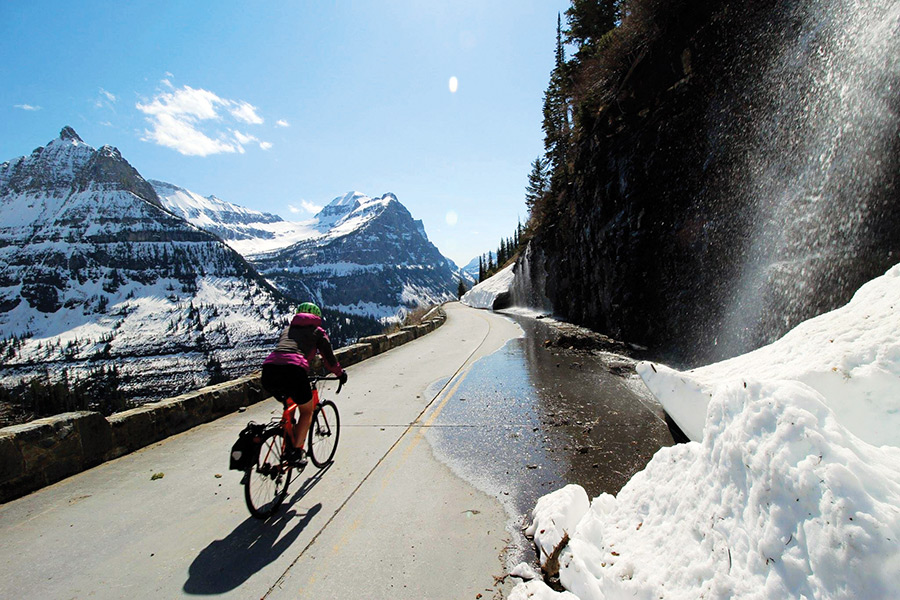Glacier National Park is closed to visitors until further notice as cases of COVID-19 continue to rise in Montana, which a day earlier recorded the first death of a patient stricken with coronavirus.
According to a press release, the park’s closure goes into effect at 5 p.m. on Friday, March 27.
Earlier in the week, Gov. Steve Bullock requested the immediate, temporary closure of Glacier National Park, a move that leaders in gateway communities from Whitefish to Browning supported. Park officials explained in the press release that the determination to close the park was arrived at through consultation with Flathead and Glacier counties, the Blackfeet Nation and the state of Montana.
On Friday, park officials agreed.
“The National Park Service listened to the concerns from our state, county, and tribal partners and, based on current health guidance, temporarily closed the park,” Glacier Superintendent Jeff Mow stated in the release. “We will continue to work with our state, county, and tribal partners as this crisis continues and we will coordinate with them on when it will be safe to reopen the park.”
On March 24, Department of Interior officials announced closures to Yellowstone and Grant Teton national park units for public health reasons and so as not to further overwhelm local resources.
At the time of the announcement to close Glacier, Montana had confirmed 109 cases of COVID-19, although that figure is expected to rise.
On Thursday, Gov. Bullock issued a stay-at-home directive to all Montana residents that included closures to non-essential businesses, but allows members of the public to venture outside for critical errands and to exercise.
Indeed, Montanans have been retreating to open spaces and public lands in droves since the coronavirus pandemic marooned businesses, community events and social gatherings, particularly as outdoor activities serve as a last bastion for those of us forced to work from home and ordered to social distance.
But the uptick in outdoor-related activities has created concerns that encouraging visitors and tourism to national parks — some of them located in the most isolated and least medically equipped areas of the country — will only add to the strain on an already overburdened health care system, as well as creating an added workload for emergency services personnel.
“While our public lands afford many Americans with an opportunity to embrace the health benefits connected to the outdoors during the unprecedented challenges from the COVID-19 pandemic, already early season visitation to Glacier National Park is promoting unnecessary travel that both undermines our efforts to reduce exposures and exacerbates risks for all Montanans,” Bullock wrote to Mow earlier in the week. “Visitors are not only concentrating in the Park but are also straining local grocery and other facilities at a time when local officials are attempting to curtail gatherings and meet the need for essential services.”
Updates about NPS operations will be posted on www.nps.gov/coronavirus. Please check with www.nps.gov/glac for specific details about park operations.
For a complete list of parks with full or partial closures due to COVID-19 visit the National Parks Conservation Association.
